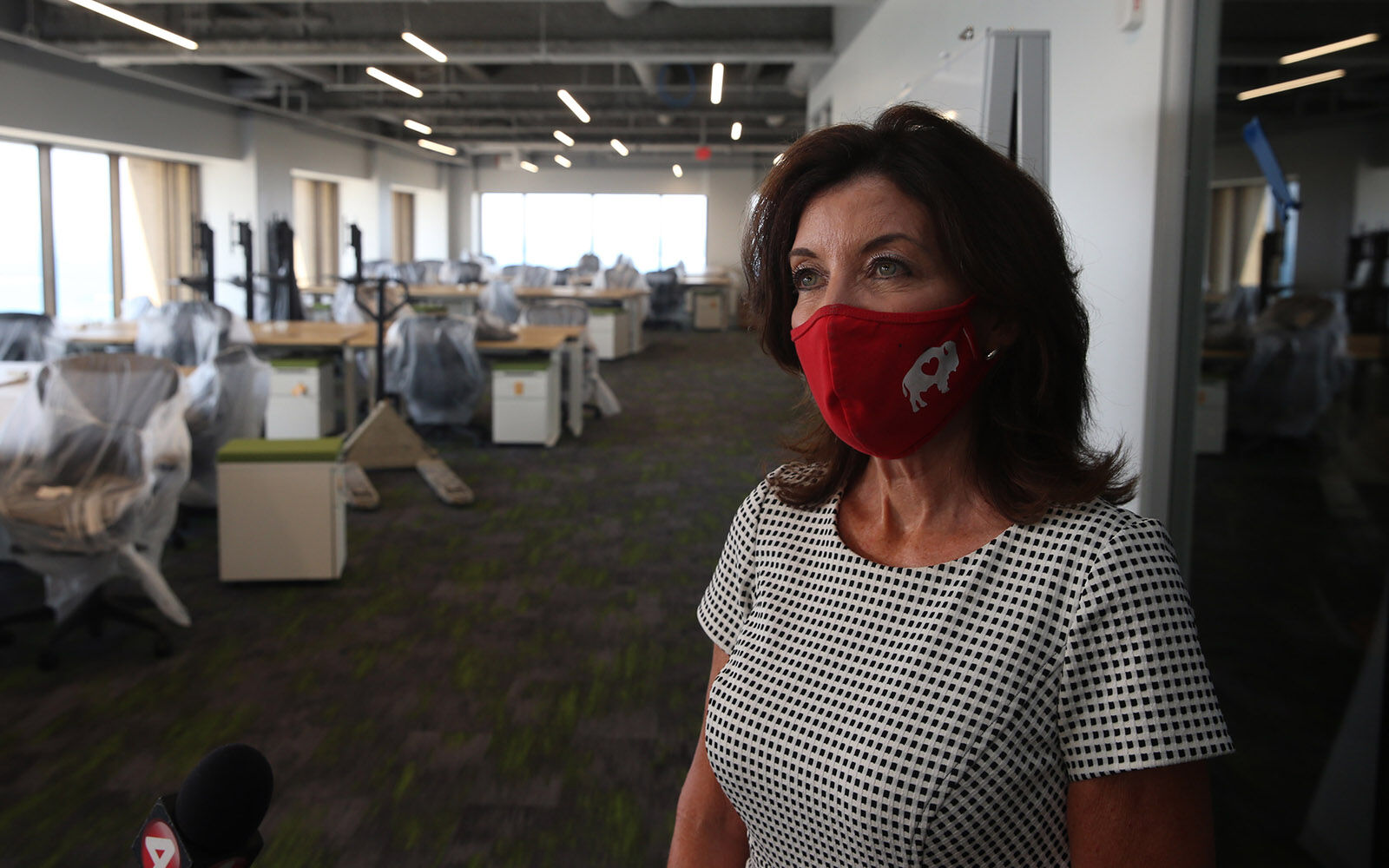
- Everyone has a story olaughlin auditorium driver#
- Everyone has a story olaughlin auditorium professional#
Everyone has a story olaughlin auditorium driver#
Among scientific revolutions, technology is a consistent driver in paradigm shifts ( Kuhn, 1962).
Everyone has a story olaughlin auditorium professional#
Under a changing climate we expect rising sea levels and higher intensity storm events in addition to longer droughts, which pose increased risk to humans and directs us as professional scientists to look to new methods for monitoring environmental change. While, citizen science may lack technical rigor, which can cause professional scientists to use caution in adopting these methods, the time has come to reevaluate our current scientific paradigm. In developing new methods for analyzing and monitoring natural hazards, citizen science can be a powerful tool to collect critical environmental observations for both research and long-term monitoring. Finally, we address the future expansion of the CrowdHydrology network by evaluating successful monitoring locations and growing interest of watershed groups to expand the network of gauges. This paper proposes hypotheses on why many of our observations are from one-time participants and why some monitoring stations are more popular than others. Results demonstrate a highly variable rate of contributions of citizen scientists. We explore our chosen contributory program model for CrowdHydrology and the influence this model has had on long-term participation. We identify barriers to participation and evaluate why some citizen science observation stations are popular while others are not. Using water level data and participation records from CrowdHydrology, we analyze the expansion and citizen participation from a regional to national citizen science network. The CrowdHydrology network asks citizens to send in text messages of water levels in streams and lakes, which has resulted in 16,294 observations submitted by over 8,000 unique participants at 120 unique locations. It evaluates the data accuracy, citizen participation, and station popularity. 2010), a citizen science project that has transitioned from a regional to national network. This paper focuses on this transition by evaluating CrowdHydrology (ca. For the latter, it can be difficult to transition into a more mature and sustainable citizen science-based research program. Older and established programs such as the Audubon’s Christmas bird count and Community Collaborative Rain, Hail, and Snow Network (CoCoRaHS) have thousands of participants across decades of observations, while less mature citizen science projects have shorter lifespans often focused on local or regional observations with tens or hundreds of participants.


1Department of Geology, University at Buffalo, Buffalo, NY, United States.


 0 kommentar(er)
0 kommentar(er)
